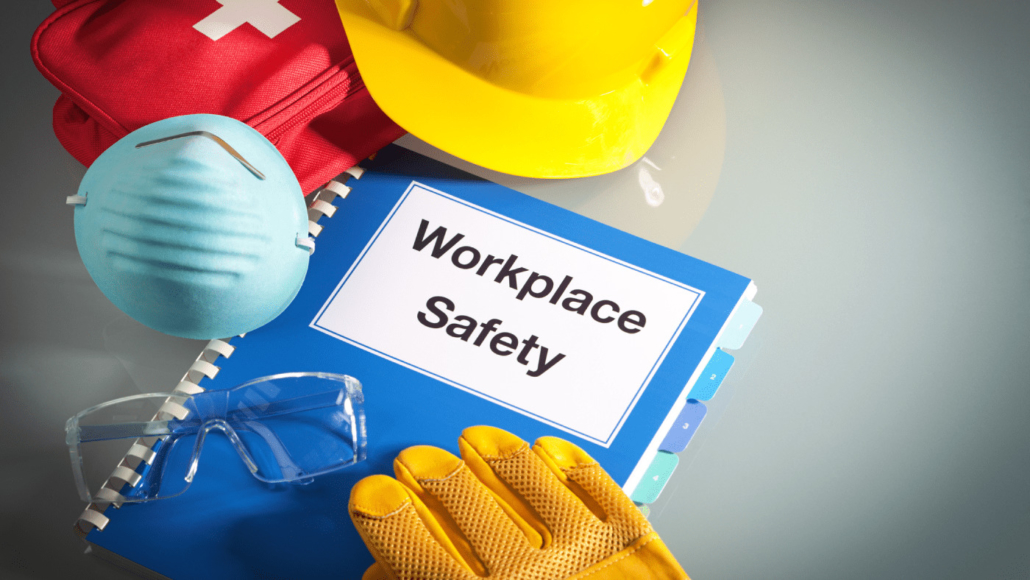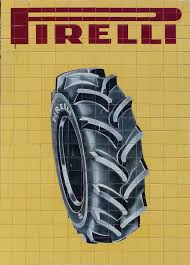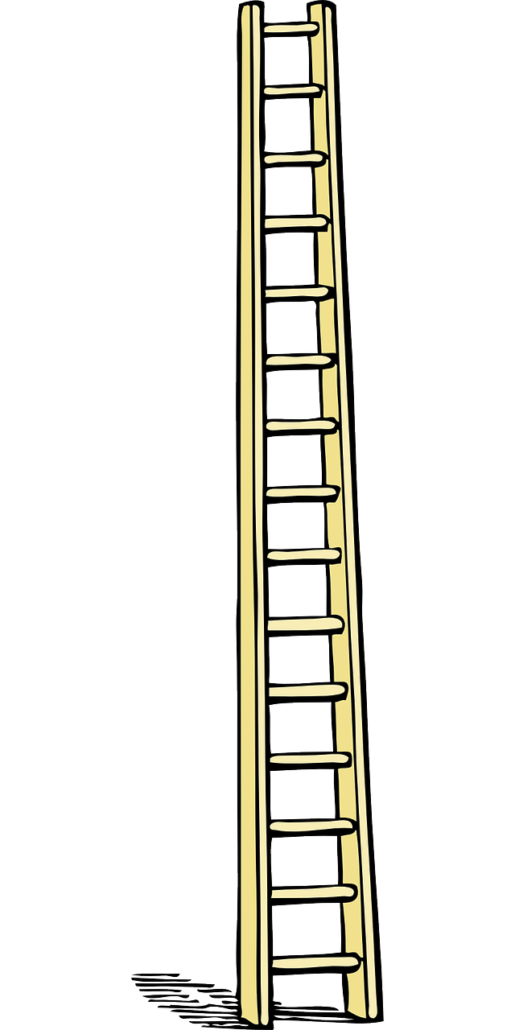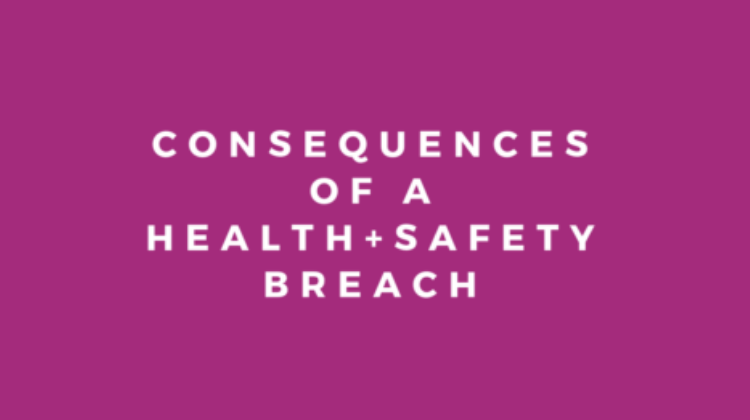Consequences of a Health & Safety Breach (Updated)
Ever wondered what the consequences are of a health and safety breach?
In 2016/17, 554 companies were convicted of health and safety failings with a whopping £69.9 million was paid in fines.
In this blog, you’ll learn about two case studies where health and safety was ignored which will illustrate the consequences of a safety breach in the workplace.
Alongside this, you’ll find summaries of key legislation and a list of the best health and safety guidance.
Therefore, at the end of this post, you’ll have a deeper understanding of health and safety and the knowledge to help your business become safer.
Let’s begin with the Health and Safety at Work Act.
Health and Safety at Work Act Summary
The Health and Safety at Work Act provides a basic framework for all places of work to follow to ensure safety as far as reasonably practicable.
Below is a summary of the major points.
Employers need to:

- Ensure the health, safety and welfare of all employees by;
- Providing safe systems of work to minimise risk.
- Planning the control of risks when using, handling, storing and transporting articles and substances.
- Providing information, instruction, training(link) and supervision where necessary
- Maintaining conditions in the workplace.
- Prepare and update (as appropriate) a written statement of their general health and safety policy.
- Implement the written policy and inform employees of its terms.
- Consult all employee representatives.
- Ensure that no persons, not in their employment, experience health and safety risks (as far as reasonably practicable).
Employees need to:
- Take reasonable care of themselves and anyone affected by their actions or omissions
- Cooperate with employers on all health and safety matters.
Additional Criteria
- No person should interfere with anything provided for health and safety matters.
In addition, the Health and Safety at Work Act is responsible for the creation of the Health and Safety Executive whose job is to enforce health and safety legislation in the workplace. However, that isn’t their only role…
Health and Safety Executive and their role
The HSE has become a well-known figure in the UK as the regulator of health and safety in the workplace. And, many are familiar with its powers to inspect and prosecute businesses for health and safety failings.
After all, the main goal of the Health and Safety Executive is to prevent work-related death, injury and illness.
This video provides an overview of the HSE.
However, they play a few other roles as we can see from the list below.
The HSE shall:
- Assist and encourage persons to work safely.
- Carry out and encourage research and the provision of training and information.
- Inform government departments, local authorities, employers, employees, organisations representing employees and others on health and safety matters.
The HSE may:
- Investigate and report any matter relating to health and safety, and/or,
- Authorise another person to investigate and report on such a matter
But, the people investigation health and safety matters deserve a mention.
HSE inspectors and their role
Due to the sheer quantity of businesses in the UK, the executive cannot inspect every one. Therefore, the HSE targets the highest risk industries (such as construction, agriculture, etc) and those with the greatest numbers of death, injury and ill health.

Let’s take a look at what the powers inspectors have in the event of serious injury or witnessing breaches in health and safety.
Health and safety inspectors can:
- Hand out improvement notices.
- Hand out prohibition notices.
- At any reasonable time, enter any premises which they have reason to believe it is necessary to do so.
- Take a police officer to any premises they are entering.
- Take samples of any articles or substances found on the premises.
- Enter and detain any substance or article which needs to be examined, inspected for any tampering and/or used as evidence.
- Question any persons relevant to the inspection.
- Deal with any article or substance which is a danger to health.
If they do find health and safety failures then they will use their powers to ensure that the breaches are righted.
Methods of enforcement include;
- Providing information and advice either face-to-face or in writing
- Serving an improvement notice. Theses allocate a time frame within which the problem needs to be corrected.
- Serving a prohibition notice. Work ceases immediately until the breach is righted.
- Withdrawing approvals
- Issuing cautions
- Prosecution
Initially, an inspector will provide advice and guidance on how to correct any failings. However, when warnings are continually ignored the HSE will look to further its case against you and may start legal proceedings.
Similarly, in the event of a serious accident, you may face prosecution if it is deemed that your business did not implement safe working measures.
Now we will look at two case studies, each involving a different safety breach.
Pirelli Fined Over Half a Million Pounds

International tyre manufacturer, Pirelli, was fined over half a million pounds for a safety breach at their Carlisle factory.
On two separate instances, workers broke their arms after being dragged into the unguarded machine.
An investigation by the HSE found that the injuries were a result of inadequate guarding around the machine.
Therefore, the company was in breach of the Provision and Use of Work Equipment Regulations (PUWER) 1998 which states,
(1) Every employer shall ensure that measures are taken in accordance with paragraph (2) which are effective—
(a) to prevent access to any dangerous part of machinery or to any rotating stock-bar; or
(b) to stop the movement of any dangerous part of machinery or rotating stock-bar before any part of a person enters a danger zone.
Why did this case lead to prosecution?
Even after the initial incident, Pirelli failed to install proper guarding around the machine. Proper management of the health and safety risks associated with unguarded machinery would have identified the problem and build in preventative measures.
The ruling
Pirelli pleaded guilty to breaching regulations and received a £512,000 fine and ordered to pay costs of £5,820.
A health and safety inspector commented,
“This machine should have been appropriately guarded from first use but, failing that, the first incident should have prompted a thorough review of the machine to identify what additional guarding was needed and appropriate action taken.”
Below, I have summarised the crucial points of PUWER.
Provision and Use of Work Equipment Regulations (PUWER) 1998 Summary
- Employers should ensure that work equipment is constructed and adapted so that it is suitable for the purpose.
- Work equipment should only be used for suitable operations.
- Equipment needs to be maintained in good working order and repair with up to date maintenance logs for all machinery.
- Work equipment exposed to conditions likely to cause deterioration will need to be inspected at suitable intervals.
- Employers need to keep a record of equipment inspections.
- Adequate training needs to be provided for work equipment that poses a specific risk.
- Employers need to provide adequate health and safety information and instructions for work equipment.
- Sufficient health and safety training is required for all those who use work equipment.
- Access to dangerous parts of machinery needs to be prevented, or, the movement of machinery needs to stop before any part of a person enters a danger zone.
- Employers should ensure that work equipment is provided with one or more accessible emergency stop controls (where appropriate).
Here is the second case study featuring a working at height breach.
Sole Trader Sentenced to 6 Months Jail Time
A sole trader received a 6-month prison sentence (suspended for 18) after an employee fell from a height.
A staff member was working on site when he fell through a hole in the ground floor and subsequently suffered serious head injuries. The court ruled that the owner failed to protect his worker because of a lack of protection around the hole in the floor.
Why was this a working at height breach?
The Work at Height Regulations 2005 outlines the procedures necessary for any work in places where a person could fall a distance liable to cause personal injury – in this case, a hole through to the ground floor.
The ruling

The business owner pleaded guilty to breaching Regulation 6 (3) of the Working at Height Regulations 2005 which states,
“Where work is carried out at height, every employer shall take suitable and sufficient measures to prevent, so far as is reasonably practicable, any person falling a distance liable to cause personal injury.”
On top of his 6-month prison sentence, the sole trader paid costs of £8,442.
An HSE inspector was on hand to say,
“Falls from height remain one of the biggest causes of workplace fatalities and major injuries. Had the employer…implemented adequate control measures to protect the health and safety of his workers, this incident could have been prevented”
Could this have been prevented?
The following precautionary measures should have been taken:
- All work should have been properly planned.
- The risks (in this case the hole in the floor) should have been assessed and properly managed (the hole protected, and adequate signage put up around the hole to raise awareness).
Below, I have summarised the crucial points of The Working at Height Regulations 2005.
Working at Height Regulations Summary

- Every employer should ensure that work at height is:
- Properly planned (including emergencies and rescue)
- Appropriately supervised
- Carried out in a manner which is safe
- Work at height should only be carried out in suitable weather conditions.
- No employee shall engage in any work at height activity (including planning, organising and supervising) unless they are competent to do so. When being trained, they must be supervised by a competent person.
- Businesses need to complete adequate working at height risk assessments.
- Work at height should be avoided where possible. However, if this is not possible an employer must:
- Take suitable and sufficient measures to prevent people falling from a distance which can cause personal injury.
- Where reasonably practicable, provide adequate work equipment to minimise the distance of a fall and the consequences
- Provide sufficient training and instruction to prevent a fall.
- An employer should select appropriate work equipment.
- No person should pass across or near a fragile surface. When this is impossible, suitable and sufficient platforms, coverings and guard rails are needed.
- Warning notices for fragile surfaces need to be displayed (as far as reasonably practicable). Where not practicable, a person needs to be warned by other means.
- Unauthorised people should be prevented from entering an area where there is a risk of falling from height or falling material.
- When selecting work equipment, collective measures should be prioritised. Employers should consider:
- Working conditions and risk
- Distance and consequences of a fall
- Duration and frequency of use
- Evacuation and rescue
- The risk of installation and removal
- Any working platform used for construction, or work above 2 metres, should be inspected before use.
- Inspections should be recorded and kept until the next inspection can take place
Employees
- Employees need to report any activity or defect which endangers safety.
- Work equipment needs to be used in accordance with any training and instruction given.
I will finish this blog off with a list of excellent resources relating to health and safety in the workplace.
Health and Safety Resources
There are plenty of great resources out there and so I thought I would compile a list for your use:
- Health and Safety the Basics – A HSE guide to the fundamentals of health and safety within the workplace.
- Risk assessments – Another HSE guide which talks about risk assessments and what to include.
- Health and safety written policy – guidance on how to write your own health and safety policy.
- Fire risk assessments – An introduction to the necessity of fire risk assessments as well as a template.
- Health and Safety Training – A look into health and safety training and what you need.
- Creating a training plan – guidance for creating your own training plan to stay on top of your training.
- Fire Hazard Identification and Prevention – Guidance on fire hazards and how you can prevent fires in your workplace
Conclusion
Make sure that you don’t leave yourself open to prosecution and even jail time by carrying out the right procedures and risk assessments.
And, when it comes to health and safety make sure that your business has the appropriate training and systems in place to ensure that all employees go home happy and healthy.
The companies mentioned in the case studies didn’t do that and they paid the price in the end!

